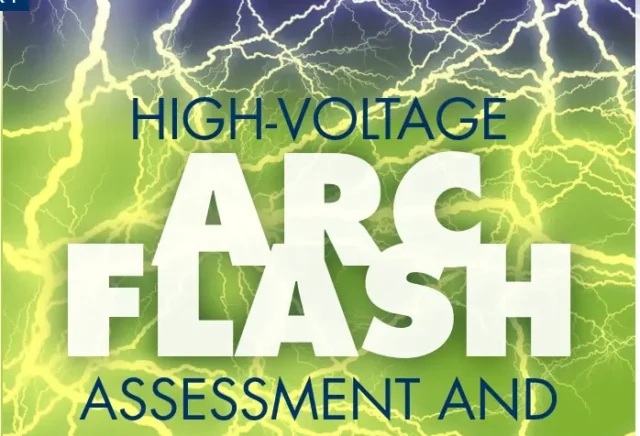Arc flash assessment based on IEEE 1584 has limitations with respect to the voltage. The voltage range applicable to IEEE 1584-2018 remains unchanged at 208V through 15kV. Low voltage range is now 208V through 600V.
Protecting utility workers and other working personnel who are exposed to line-to-line voltages above 15kV at live electricity installations is critical. For this reason and to ensure compliance with OSHA regulations, arc fash hazards must be evaluated and studied for every facility with an electrical installation. An arc fash produces extremely high temperatures, intense heat fux and radiation, high sound dB levels, and arc fash blast pressure waves. Te intense heat and radiation can ignite clothing and cause severe burns.
Various methods have been proposed to calculate high-voltage arc-flash (HVAF) thermal incident energy levels, including IEEE 1584-2002, the Lee method, and Duke's Heat Flux Calculator (HFC). This article focuses on methods derived from Electric Power Research Institute (EPRI) testing as well as methods based on research by V.V. Terzija and H.J. Konglin Tese methods serve as the basis for arc fash calculations in the examples, and we explain in detail how they relate to OSHA and NESC regulatory requirements.

